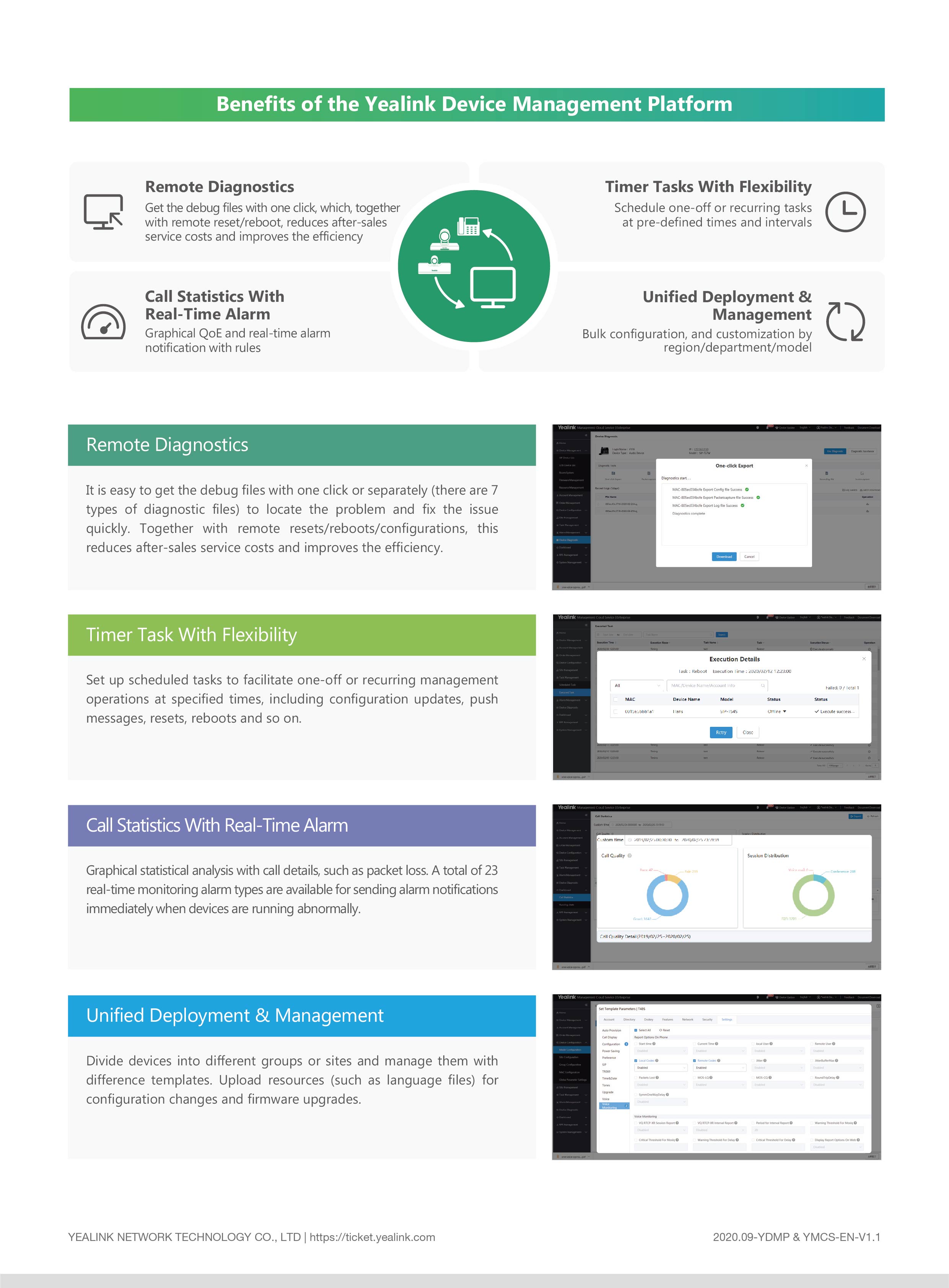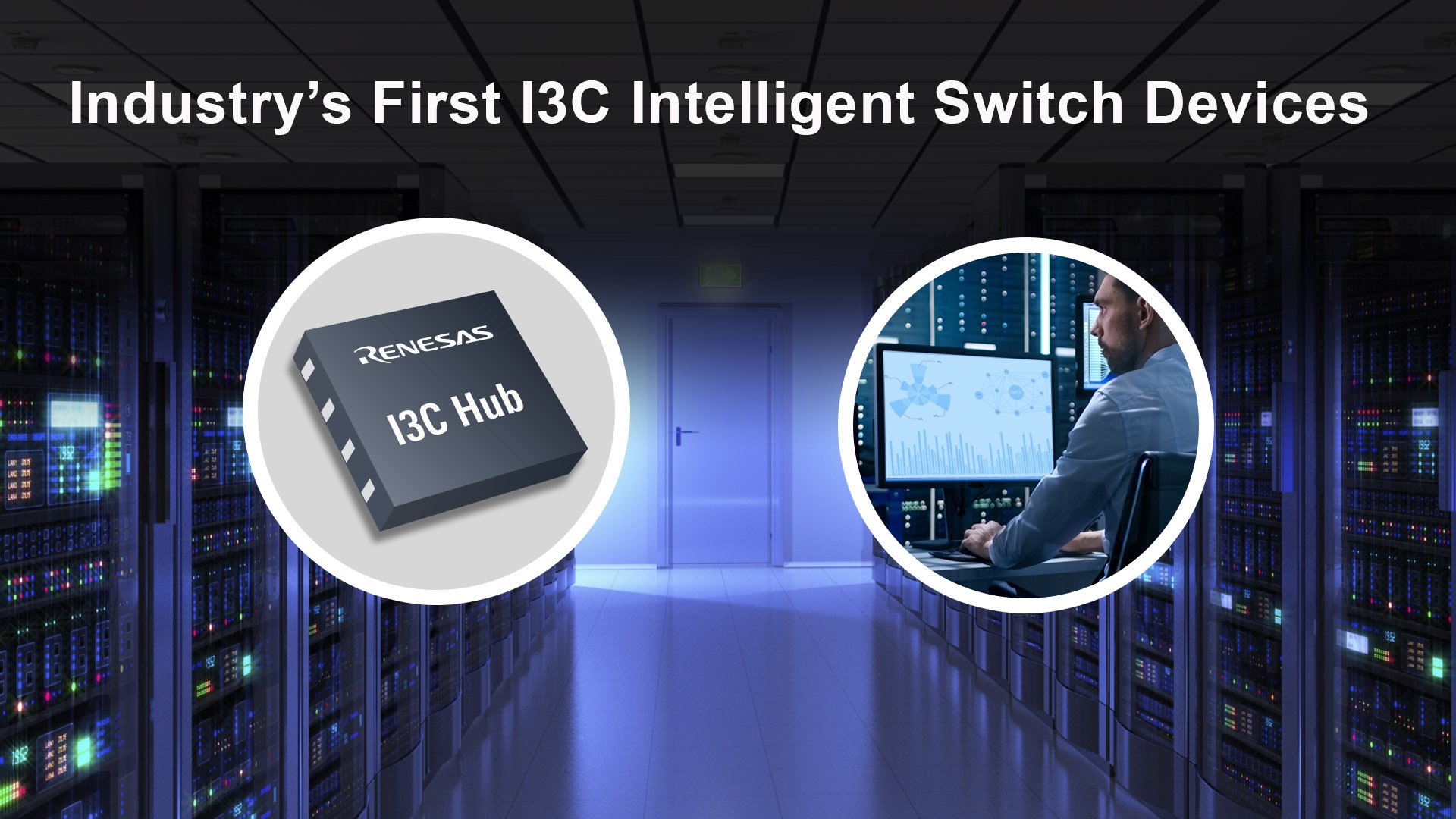Are you ready to unlock the full potential of your Internet of Things (IoT) devices, from anywhere in the world? The ability to remotely manage and monitor your IoT devices is no longer a luxury; it's a necessity for efficiency, security, and innovation in today's connected landscape.
The world of IoT is rapidly expanding, with devices permeating nearly every aspect of modern life. From smart homes and industrial automation to environmental monitoring and healthcare, the need to seamlessly control and observe these devices from a distance has never been greater. This article delves into the core of remote IoT management, exploring the best tools, platforms, and practices to ensure your IoT projects thrive.
The heart of effective remote IoT management lies in selecting the right platforms and APIs. Several leading options stand out, each offering unique strengths and capabilities. Among the prominent players are AWS IoT, Google Cloud IoT, and Azure IoT. These platforms provide a comprehensive suite of services, from device management and data ingestion to analytics and security.
Let's delve into some of the specific tools and strategies that empower developers and enthusiasts alike:
Remote IoT API Options:
- AWS IoT: Amazon Web Services (AWS) IoT offers a robust platform with a wide range of features, including device provisioning, secure communication, and data processing. Its scalability and integration with other AWS services make it a popular choice for various IoT applications.
- Google Cloud IoT: Google Cloud IoT provides a comprehensive suite of services for connecting, managing, and securing IoT devices. Its strengths lie in data analytics, machine learning capabilities, and integration with other Google Cloud services.
- Azure IoT: Microsoft Azure IoT offers a secure and scalable platform designed to connect and manage a wide variety of IoT devices. Its features include device management, data ingestion, and analytics. Azure IoT is a strong contender for enterprise-level deployments, particularly those already invested in Microsoft's ecosystem.
Choosing the right API depends on the specific requirements of your project. Consider factors such as the number of devices, data processing needs, security requirements, and integration with existing infrastructure.
Beyond the big three, there are several other platforms and tools worth considering. For instance, there are open-source options, which provide flexibility and control, while others offer specialized solutions tailored to specific industries or use cases. Researching and experimenting with different options is key to finding the perfect fit.
Best Practices and Tools for IoT Projects
Whether you're a hobbyist or a seasoned professional, understanding best practices and utilizing the right tools is critical for enhancing your IoT projects. The following points can help in your IoT journey:
- Security: Implement robust security measures, including device authentication, data encryption, and regular security audits.
- Scalability: Design your systems to handle a growing number of devices and increasing data volumes.
- Data Management: Develop strategies for data storage, processing, and analysis to extract meaningful insights from your IoT data.
- Remote Monitoring: Implement tools for remote monitoring and control to ensure that devices are functioning correctly and can be managed from anywhere.
Leading Remote IoT Management Software Solutions
Several remote IoT management software solutions are currently available, each providing different functionalities and strengths. The table below highlights some of the leading options in the market:
| Solution | Key Features | Strengths | Weaknesses |
|---|---|---|---|
| AWS IoT Device Management | Device provisioning, over-the-air updates, device monitoring, security management | Scalability, integration with other AWS services, robust security | Can be complex for beginners, cost can increase with scale |
| Google Cloud IoT Core | Device registration, data ingestion, device monitoring, integration with Google Cloud services | Strong data analytics, machine learning capabilities, global infrastructure | Limited device management features compared to some competitors |
| Azure IoT Hub | Device identity and management, bidirectional communication, security features | Excellent for enterprise solutions, robust security, integration with Microsoft ecosystem | Can be costly for smaller projects |
These platforms are designed to streamline workflows, enhance security, and ensure seamless communication between devices and users. They offer tools for monitoring, control, and optimization, allowing for remote management from anywhere in the world. Choosing the right solution depends on your specific needs, considering factors such as the number of devices, required functionalities, security considerations, and budget.
A Comprehensive Guide to Remote Device Management
Remote device management is the core of any successful IoT deployment. It involves the ability to monitor, control, and maintain devices from a distance. This is where the importance of these platforms comes into play.
Best SSH Remote IoT Solutions
For developers and engineers looking for more direct control, Secure Shell (SSH) offers a powerful means of remote access. The best SSH solutions for IoT provide a secure and reliable way to manage devices, including:
- OpenSSH: A widely-used, open-source SSH implementation known for its security features, flexibility, and robust support.
- Dropbear: A lightweight SSH server designed for resource-constrained devices, like embedded systems and Raspberry Pi, offering a good balance of security and performance.
- BearSSL: A cryptographic library, BearSSL provides the building blocks for secure communication, including SSH, focusing on security and a small footprint.
Understanding the capabilities of each option will help you to select the right solution for your IoT setup. For instance, a Raspberry Pi project may benefit from Dropbear's efficiency, while more complex setups may prioritize OpenSSH's full feature set.
Remote Access with SSH Tools
Remote SSH is a crucial technology that allows you to:
- Secure Shell (SSH): Remote SSH is essential for secure remote access to your devices. It allows you to manage, update, and troubleshoot your IoT devices securely over the network.
- Troubleshooting: Remote access allows troubleshooting without direct physical access.
- Updates and Configuration: Update the firmware, configurations, and monitor the performance of devices, ensuring they operate correctly, all from a central location.
Remote IoT Platforms Key Features to Look For:
- Security: Encryption, authentication, and secure communication protocols are critical.
- Scalability: The platform should be able to handle a growing number of devices.
- Ease of Use: User-friendly interfaces and intuitive management tools are beneficial.
- Integration: Seamless integration with other services and platforms, such as cloud services and other hardware.
Remote IoT VPC Network Raspberry Pi Solutions
For projects leveraging Raspberry Pi devices within a Virtual Private Cloud (VPC) network, careful configuration is crucial. Such solutions provide enhanced security and customization. They allow users to tailor their setups to meet their specific requirements, including network topology, security policies, and access controls. They are also highly effective when integrated with SSH tools.
IoT Solutions and Automation
IoT solutions address core concerns by introducing automation, ensuring precise data collection, and streamlining workflows to improve efficiency. Through automation, devices can be managed and respond to events automatically, reducing the need for manual intervention. They can also collect accurate and reliable data from sensors, enabling informed decisions and optimizing operations. Moreover, IoT solutions can streamline workflows by automating tasks, integrating different systems, and facilitating real-time data exchange.
Security and Authentication
Security is paramount in IoT. Secure access is not simply about enabling remote access. It is about providing a means to manage devices that mitigates the risk of unauthorized access and data breaches. The best remote SSH solutions support passwordless authentication via digital certificates and signed tokens, reducing the risk of device compromise.
Scalable Solutions
For effective monitoring, scalable solutions support a variety of device types and systems. It is crucial that they can manage a range of devices and sensors. Support for different protocols and data formats is also important to integrate the devices effectively.
The 12 Best IoT Monitoring Software in 2024
In a world where connectivity is paramount, efficient monitoring software is crucial. Here is a list of 12 leading IoT monitoring solutions:
| Software | Key Features | Use Cases |
|---|---|---|
| ThingSpeak | Data logging, visualization, and analytics | DIY projects, academic research |
| Datadog | Infrastructure monitoring, application performance monitoring | Enterprise-level monitoring, cloud environments |
| Grafana | Data visualization, alerting | Industrial monitoring, system dashboards |
| InfluxDB | Time-series database | IoT data storage, real-time analytics |
| Prometheus | Monitoring and alerting toolkit | Containerized environments, microservices |
| Zabbix | Network monitoring, server monitoring | Large-scale infrastructure, IT operations |
| Nagios XI | System and network monitoring | Network infrastructure monitoring |
| PRTG Network Monitor | Network monitoring, bandwidth monitoring | Network performance monitoring |
| SolarWinds Dameware Remote Support | Remote control software | IT support, help desk |
| Cayenne | IoT project builder | Rapid prototyping, IoT applications |
| ThingsBoard | IoT platform | Industrial IoT, smart city applications |
| OpenRemote | Open-source IoT platform | DIY projects, custom IoT solutions |
Each of these options has its own strengths. Selecting the right solution depends on the needs of your project.
The Importance of Secure and Efficient Remote Access
The demand for secure and efficient remote access to IoT devices will only become more critical as technology continues to advance.
What is an IoT Solutions Provider?
An IoT solutions provider is a company or organization that offers solutions for the IoT ecosystem. These solutions include hardware devices, software platforms, cloud services, and other components that enable IoT devices and systems to connect, communicate, and exchange data with each other and with the broader internet. These providers play a crucial role in facilitating the development, deployment, and management of IoT applications across a wide range of industries.
Optimized SSH Solutions for IoT
Not all SSH solutions are optimized for IoT. However, the choice of tool has significant effects on the experience. This guide explores the best remote access tools for IoT, focusing on security, ease of use, and scalability. These factors are very important in this specific context.
Enhance Your IoT Projects with the Right Tools
If you want to remotely control, update, or troubleshoot IoT devices, finding the right solution is vital. Whether you're a hobbyist working on a home automation project or a professional managing industrial sensors, the tools and techniques outlined in this guide will help you unlock the power of remote IoT management. By understanding the different APIs, platforms, and SSH solutions available, you can create a robust and secure IoT ecosystem.


